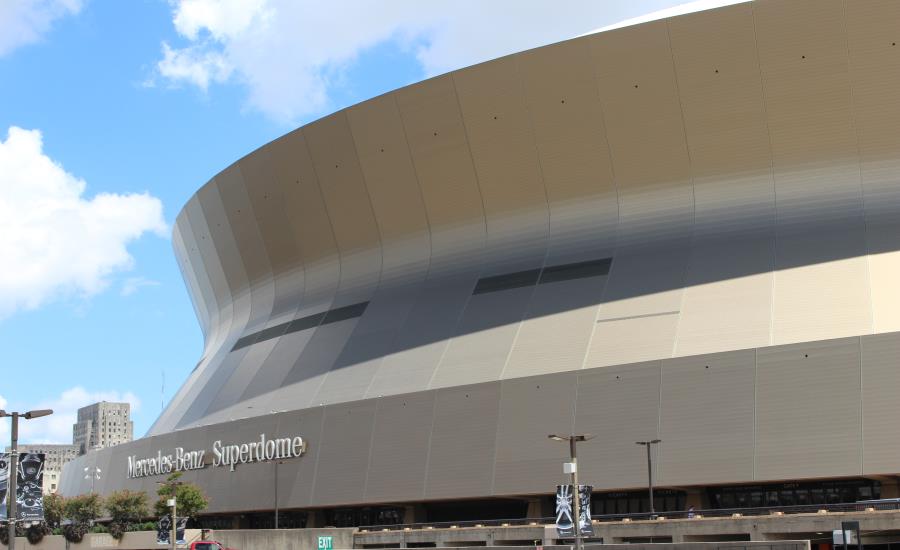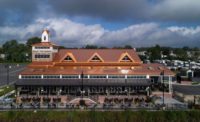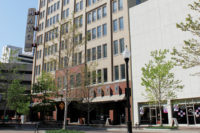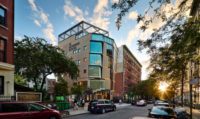For the largest fixed dome structure in the world, there is no home more fitting than New Orleans, Louisiana, a city known for its resilience. For over 40 years, the Mercedes-Benz Superdome has remained a beloved landmark symbolizing both athletic excellence and city pride.
The Superdome was created by law on November 8, 1966, and opened its doors on August 3, 1975. After suffering significant damage during Hurricane Katrina in August 2005, the Superdome reopened on September 25, 2006, with a Saints victory over the Atlanta Falcons. Although the Superdome had reopened, the process of fully restoring it had only begun.
The rebuilding process was no small feat. Having gained international recognition during the hurricane’s aftermath as a last-resort shelter for 30,000 New Orleanians, the Superdome captured the world’s attention as it was being reconstructed. The hurricane-force winds had torn holes in the Superdome’s roof, sending water pouring inside. Once the stadium was declared structurally sound a few weeks later, the work of cleaning, drying, and restoring the structure to its former glory began.
Restoring such a massive structure as quickly as possible to help get New Orleans back on its feet seemed daunting, but the team of architects and engineers at Trahan Architects evaluated the damage, developed a set of performance-based criteria for the renovation of the exterior of the Superdome, and got to work.
Designing the Supersized Superdome
The exterior of such a premier venue for major entertainment and sporting events – including seven Super Bowls – had to exude excellence and prestige. The criteria included developing a cladding system that would allow for easier replacement and finishing the exterior with a color that replicated the original finish and looked like the New Orleans Saints gold. The team wanted the beauty of the embossed aluminum to show through while also retaining its color for years to come. The material would also have to be formable into the panels and strong enough to pass upgraded wind testing, a precaution for future storms.
The team selected FC Façade panels by Kalzip, an Indiana-based company specializing in metal roofs and wall cladding. These panels were easy to install and replace while also providing impressive strength and important rain screen protection.
Anodized aluminum from Lorin Industries, Inc. provided the finishing touch – the material to be formed into the Kalzip panels. Trahan Architects tasked Lorin with matching the original aluminum color of the Superdome in order to return it to its original aesthetic appearance of 1975.
To achieve this goal, Lorin developed a new product by using its color consistent processing capabilities and continuously communicating with the experts involved in the project to ensure its product would bring the vision to life. The resulting aluminum enhances the natural characteristics of the metal through an environmentally embracing oxide layer that protects and enhances the multi-dimensional look that no coating can repeat.
At the Superdome, a Partnership is Born
Lorin faced a formidable challenge: matching the original look while meeting all stringent finish and performance standards of modern-day exterior building systems. Trahan Architects determined that only Lorin could meet these challenging finishing requirements. The Lorin Light Bronze ColorIn® Stucco embossed anodized aluminum provided to Kalzip performed extremely well during production making it a great solution for an aesthetic, functional finish to its roll-formed products.
A Landmark Restored, by the Numbers
When the aluminum panel installation was complete in 2010, 365,000 square feet of finished aluminum panels on the new Superdome gleamed out over the resilient city of New Orleans. More than 400,000 pounds of Lorin Light Bronze ColorIn® Stucco embossed anodized aluminum with an architectural Class I anodize layer covered the exterior. Each panel, covered with a fade-proof finish, measures 1x25 feet and weighs approximately 27.5 pounds.
The Superdome’s impressive technology and myriad fan amenities also make it one of the most advanced stadiums in the world. The walk around the Superdome’s exterior plaza stretches .65 miles. In October 2011, an LED lighting system consisting of more than 26,000 lights was installed to illuminate the stadium’s aluminum exterior. This exterior illumination system can reproduce any color, pattern, or image onto the smooth Lorin finish of the stadium panels, which often helps raise awareness for charitable causes.
No lights are expected to require replacement until 2057, thanks to the energy-efficient system. In 2012, the LED lighting system won the “Excellence in Design” award from Live Design Magazine, a leading architecture, design, and event production publication. Such illumination would not have been possible without the resilient, shining finish of Lorin anodized aluminum.
The partnership between Kalzip and Lorin ensures that the Mercedes-Benz Superdome will long shine with the luster of Saints gold, drawing in visitors and New Orleanians alike as an enduring symbol of resilience and pride.



